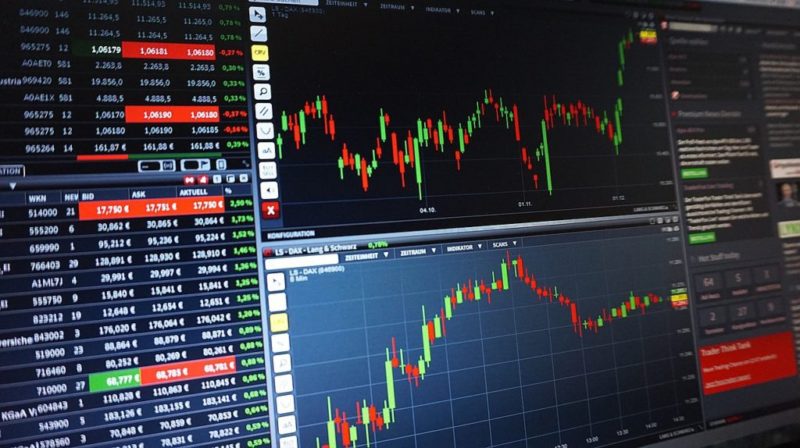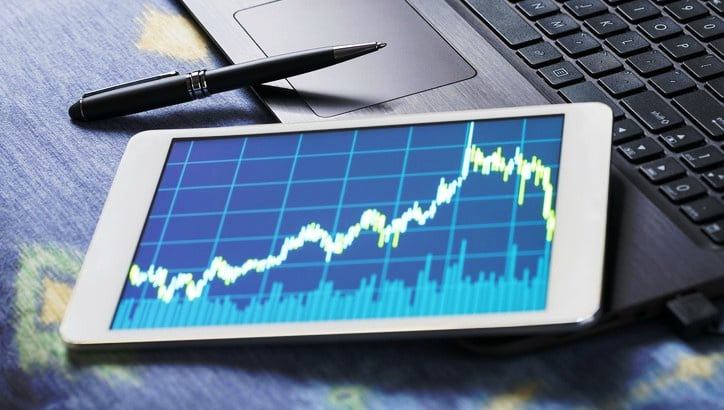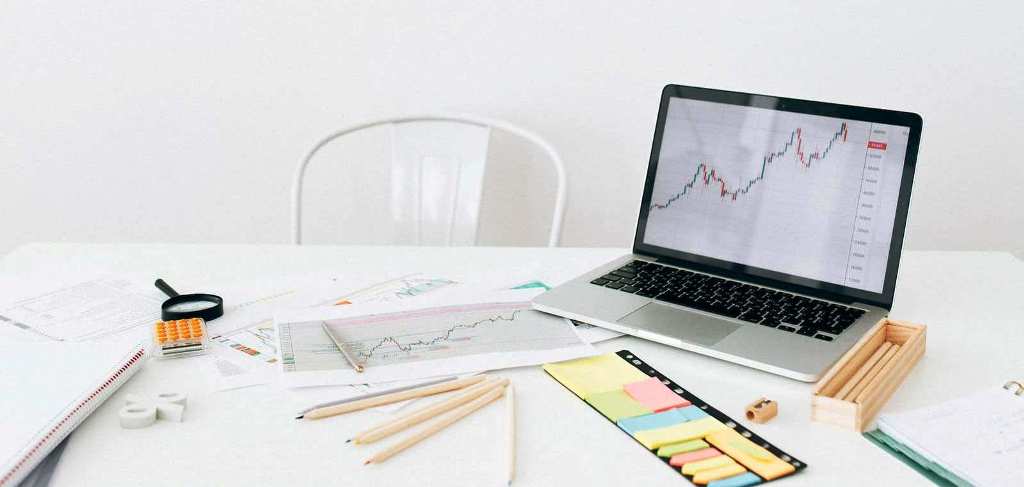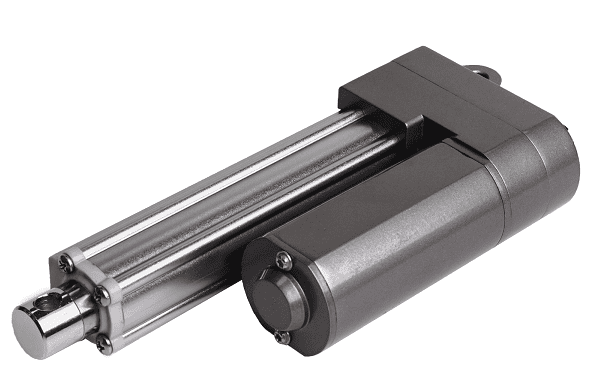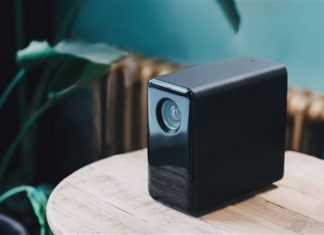Many beginners, foreign exchange traders, feel as if they are in the wonky world of the cartoon character Rube Goldberg the inventor who cobbles together a mishmash of household items to perform simple tasks. By the time you click your mouse, the price has moved in the opposite direction, your technical indicators are flashing opposite signals, and the trading bot keeps closing out your trades at a loss instead of breaking even.
Your colleague, meanwhile, is serenely sipping his morning coffee while reading the forex news and vaunting about his forex trading system. Though choosing the right foreign currency trading system takes time and research, you will be rewarded when you, too, can relax in the confidence it is efficiently executing your risk management and trading plan.
Key Forex Trading Platform Parameters
Deciding which is the best trading platform for beginners depends on your trading style. If you are a long-term trader, you may find the basic tools of a discount broker to suffice. The day trader will want the faster-than-lightening trading systems used by professional traders. While the technical trader needs advanced technical analysis tools and may choose to invest in a proprietary trading system.
TradeFW.com, one of the best brokers for beginners and experts alike, recommends researching the following parameters: spread, minimum contract size, maximum leverage, minimum deposit, stop put level, types of assets traded, and account currency.
Keep in mind that online brokers for beginners will have stricter limits and higher forex trading rates than those offered to experienced traders.
Also, check latency. Latency is the amount of time it takes for a trading system to execute a trade request. If your system has 6-millisecond latency, large traders with 1-millisecond latency can move the price from the time you click your mouse to trade execution. An arbitrage opportunity, for example, could be lost as the prices move towards parity over several milliseconds.
(Guide) How to Start Trading in the Forex Market
Many good forex trading tutorials and trading sites for beginners will teach you the basics of forex. But once trading lives, fast-moving markets, changing market conditions and the tsunami of data make predicting future price predictions difficult. Even if you get the price trend right, traders make many execution errors. To avoid these errors, beginner traders run their trading strategies through backtesting and simulated trading on demo accounts.
Backtesting
Choose your currency pair and timeframe. Fifteen years is recommended; otherwise, you may be caught up in short-term trends. Next, set up your trading strategy. Determine your entry point and stop losses. Put your indicators in place (in this case, support and resistance indicators). Take breakouts as an example on a daily time period. Between the highs (resistance) and lows (support), the price revisits the most frequently in an area called the consolidation range. A breakout happens when the price moves outside of this range and can, but not always, signal a move to a new price high or low. You may also want to monitor volume, momentum, moving average crossovers and other technical indicators in relation to breakouts.
Go back in the trading history, say 10 years, and move forward bar by bar. Record your trading results (Did you take a profit, or was the stop-loss triggered too soon?) and related data (e.g., trading volume changes associated with breakout points). This analysis will enable you to adjust your trading parameters, accordingly.
Simulated Trading (Demo Account)
Smart traders paper trade for weeks, but many for months, before they put real money at risk by using the demo option of your trading system to practice trade setups. In this simulated trading environment, you can make all the mistakes that new traders make, like exiting trades too early rather than letting your winners run. Even if your set-up is brilliant, you will likely not execute fast enough in the beginning, and even if you do, you could lose your profit in the milliseconds it takes to close the trade. The forex markets move fast, and it takes practice to master the intricacies of trading.
Forex Trading Tools for Beginners
Technical Indicators – Technical indicators provide information on price trend direction. Basic indicators include trading volume, support and resistance levels, average historical prices over a period (moving average), and volatility (Bollinger bands).
Consider if you will likely want to use more complex indicators and whether a premium is charged for them. Indicators can be leading (future price direction), lagging (historical prices), or both.
Trading Bots – These algorithms allow you to input your trading parameters (stop-loss, take profit) and possibly your technical parameters (moving average period) and then automatically execute your trade setups. Their functionality ranges from simple to combined indicators to proprietary trading strategies. Your ability to get in and out of a trade is no longer dependent on your dexterity with a mouse. MetaTrader, the most popular trading system, has over 10,000 trading bots many are free or offer limited trials.
Forex Calendar, News and Tweets The forex markets move on the news on central bank policies, economic growth, company earnings, and black swan events hard-to-predict events such as political turmoil, terrorism, or natural disasters. Forex calendar and news plugins are available for trading systems, or you may use the FX calendars available online.
Currency Correlation Calculator This tool is used to calculate the extent to which currencies move in the same (positive correlation) or opposite (negative correlation) directions between a range of -100% to +100%.
Forex Time Zone Converter Even if you only trade the USD/CDN and never venture into European or Asian markets, the prices of your currency pair will be affected by market activity around the globe. Monitoring the trading activity in the main trading sessions of New York, London, Tokyo, and Sydney provides useful information on volume and price trends. If London announces strong economic data, the GBP will rally, while the declining USD will be affected when the US markets open five hours after the European markets.
The best way to learn how to trade forex is to cobble together your own trading system and start trading on your demo account. Taking the time to research all about forex trading system features to support your trading style and goals will allow you to develop confidence and skill as a trader.

